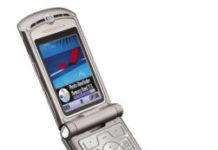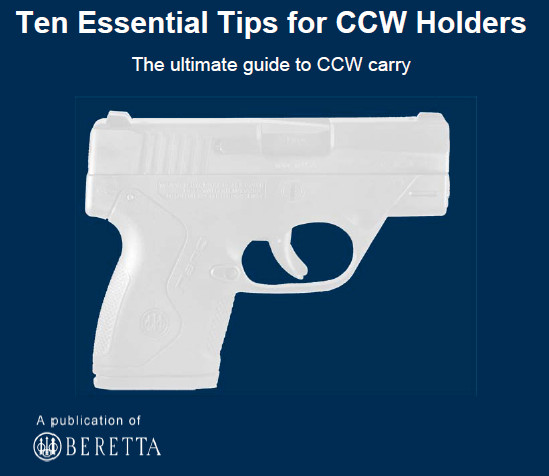I see it every year. The calls start to increase in November, and continue through the winter. The calls come out as structure fires, or chimney fires.
Police and Fire departments respond and see the aftermath of a preventable tragedy.
The homeowners huddled outside wrapped in blankets provided by neighbors, children staring blankly at the burning house they used to call home, families watching their treasures and belongings from past years being destroyed in only a few minutes. Most people flee a fire with only the family pets and the clothes on their back. Then the aftermath, finding shelter, food, clothes, etc. to get by on until the house is rebuilt. Even in a small fire that doesn’t destroy the entire home, there is usually additional damage from smoke and water.
There are many ways for a fire to start. Some are unavoidable such as arson, electrical problems in wiring, faulty cords, etc. But I see a lot of fires that are avoidable. To small a fireplace for too big a fire, candles used near flammable items, children playing with matches, overloaded electrical outlets, pots left unattended on stoves, careless smokers, and many more causes.
One increase in wintertime fires is the fireplace. Although warm and cozy during the winter months, it could be the cause of a destroyed home and Christmas. Chimneys get coated from use and they need to be cleaned periodically. When they don’t get cleaned, the inside of the chimney can catch on fire.
My last house had a solid brick fireplace from top to bottom. I used to have huge, hot fires in it. My current house has a beautiful looking fireplace, but it is not meant for big, hot fires. A lot of new construction these days use the most cost efficient materials which may look nice, but may not be as durable as others.
My fireplace has fake brick ceramic or stucco type panels surrounded only by sheet metal. And around that, wood. (That’s usually what we put in fireplaces to burn, isn’t it?)
One of the panels cracked and the sheet metal was getting charred. I talked to my neighbors and several have the same problem. Some are still using their fireplace, some bought sealer and tried to seal it, and I spent hours searching for a replacement panel that I finally found on the Internet. I replaced it the other day and had my first fire this year.
I talked to the fireplace store employee who told me that my type of fireplace is mainly meant for looks. Small fires are OK he said, but even a store bought pressed log puts out too much heat for my type of fireplace. I guess that leaves me to burn a candle in the fireplace for looks. Spend big bucks on a new home and they put in a fireplace that is mainly for looks.
The point is this. Check your fireplace often. Even solid brick fireplaces can get cracked bricks or mortar that can allow flames to go where they were not meant to go. And that usually results in yet another structure fire call. Here’s some tips to have a great holiday season. When you see red and blue lights, you want to see them on a Christmas tree, not on a police or fire truck in front of your house.
• Don’t exceed your fireplaces limit. Some are meant for small warm fires while some can withstand large hot fires. If you are unsure of how big a fire you can have, check with a chimney sweep or fireplace accessory store for information on the type of fireplace you have.
• Have your fireplace cleaned regularly. Depending on the type of wood you burn, and how often you have fires, you could have a dangerous level of flammable coating inside your chimney. Chimney sweeps usually clean out the chimney and let you know of any problems that they find. Once every year or two is recommended depending on how often you use the fireplace.
• Repair your fireplace if you see cracks, loose bricks, etc. Fireplaces are meant to keep fire inside. If there is a place for the fire to get out, it usually finds its way to something flammable.
• Never burn Christmas tree branches in a fireplace. They are highly flammable and will usually exceed the fireplace’s capacity. Flames can quickly flare out of a fireplace igniting everything in its way.
• During the wintertime, be careful when using candles. During power outages or just for looks, candles cause a lot of unnecessary fires. Keep an eye on them and replace them when they get low. Place them out of reach of flammable items, children, and pets.
• Be careful when using extension cords. An overloaded cord or outlet usually ends up in flames. A lot of people plug cord after cord into each other when putting up their Christmas lights or decorations. It doesn’t take long to exceed a cord’s capacity. Follow manufactures warnings and your own common sense.
Use Common Sense and NetCops tips to have a wonderful Holiday Season!
NetCops P.S.I.








